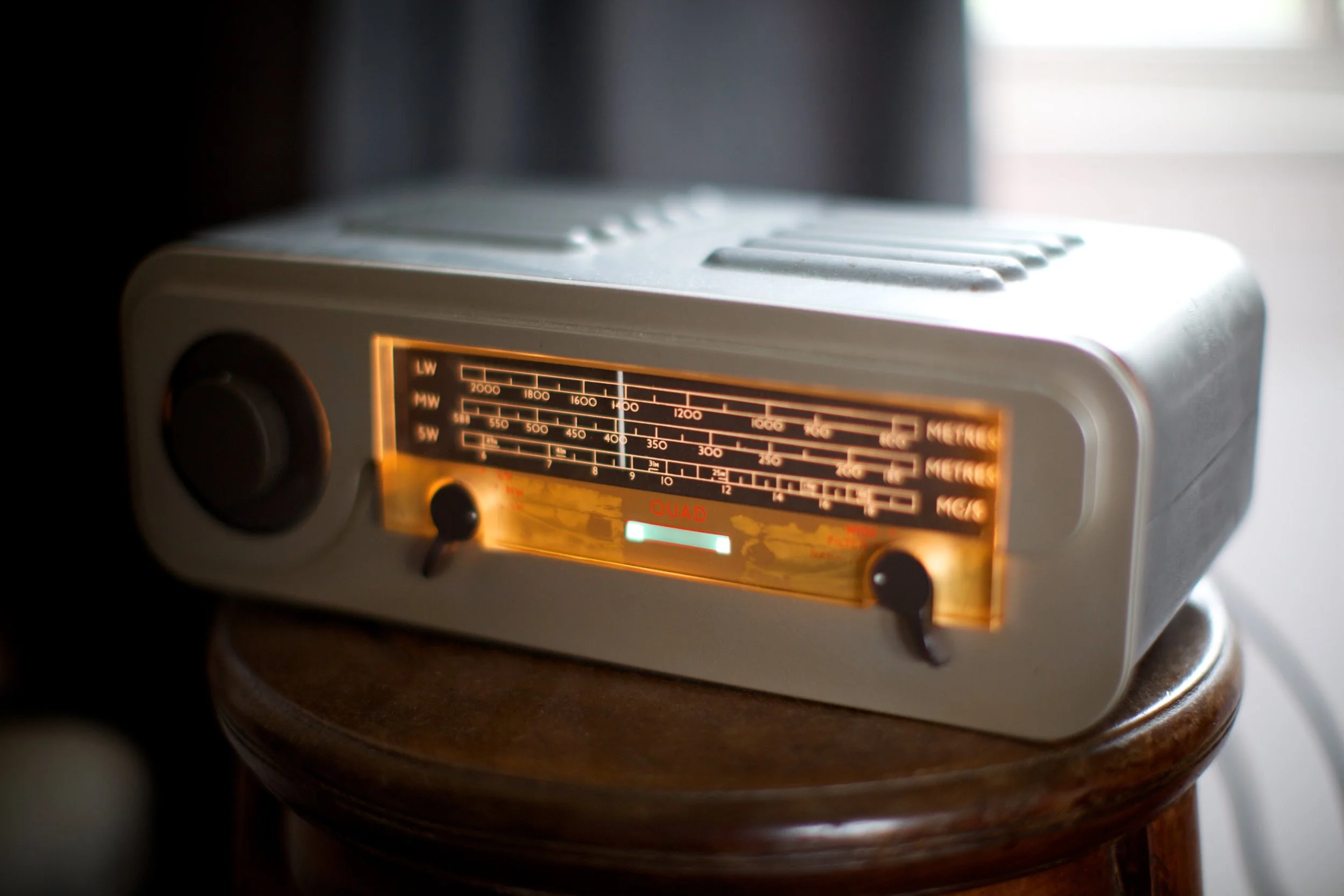The Advantage of an Old Tin Roof
Radio reception in Jura is terrible. When we came up to Jura as a family, we would always want to listen to the news and took a keen interest in the BBC shipping forecast. It's true that the weather takes on far more importance here as it's more directly connected with everything that goes on. The shipping forecast is sometimes the most accurate way of predicting what is about to hit you!
But my memory is more of not listening to the BBC than listening to it. Programmes on our little radio would always be masked by hiss, interference and the somewhat bizarre interweaving of distant Russian or Scandinavian broadcasts.
These sounds always fascinated me. I also now realise that, in an age when we completely take for granted media of all kinds being fed into our homes, the sound of a radio struggling to tune in to the world illustrates a sense of distance and remoteness.
So I've always imagined some sampled radio parts interweaving with the music on the I'Anson album. For this purpose I purchased a 1950s Quad valve radio tuner on ebay (pictured). On it's arrival I discovered that it didn't include a power supply – so ensued a prolonged dialogue with James, a very helpful radio/electronics expert based in Eastbourne. He and his friends were incredibly helpful and custom built a power supply to meet the precise 1950s Quad requirements.
The next challenge was to get an aerial for the radio. Although I was keen on pure radio interference noises I also wanted to be able to pick up distant broadcasts and, without any form of aerial, these were completely absent. With experimentation I soon realised that a major cause of the radio interference was, in fact, the three foot thick stone walls of the old cottage (yes, I know, perhaps one of us should have realised that before now!).
However, it also occurred to me that our old cottage has about one hundred square metres of corrugated tin on it's roof, and this might suffice as an improvised aerial. It took me five minutes with a drill and a cable to attach the old roof to the radio tuner, and hey presto, I can now tune into the world with some degree of accuracy. If only we'd made this discovery years ago...
Hugh

